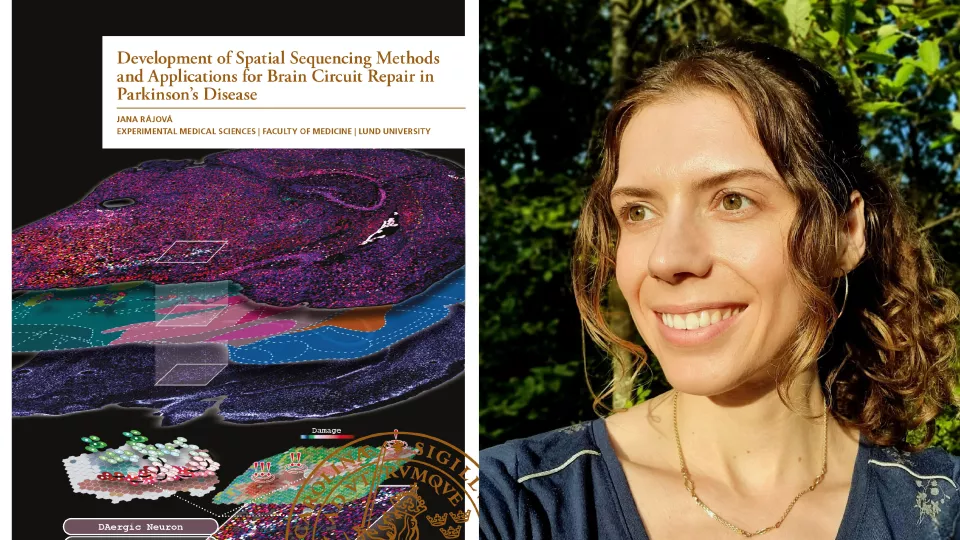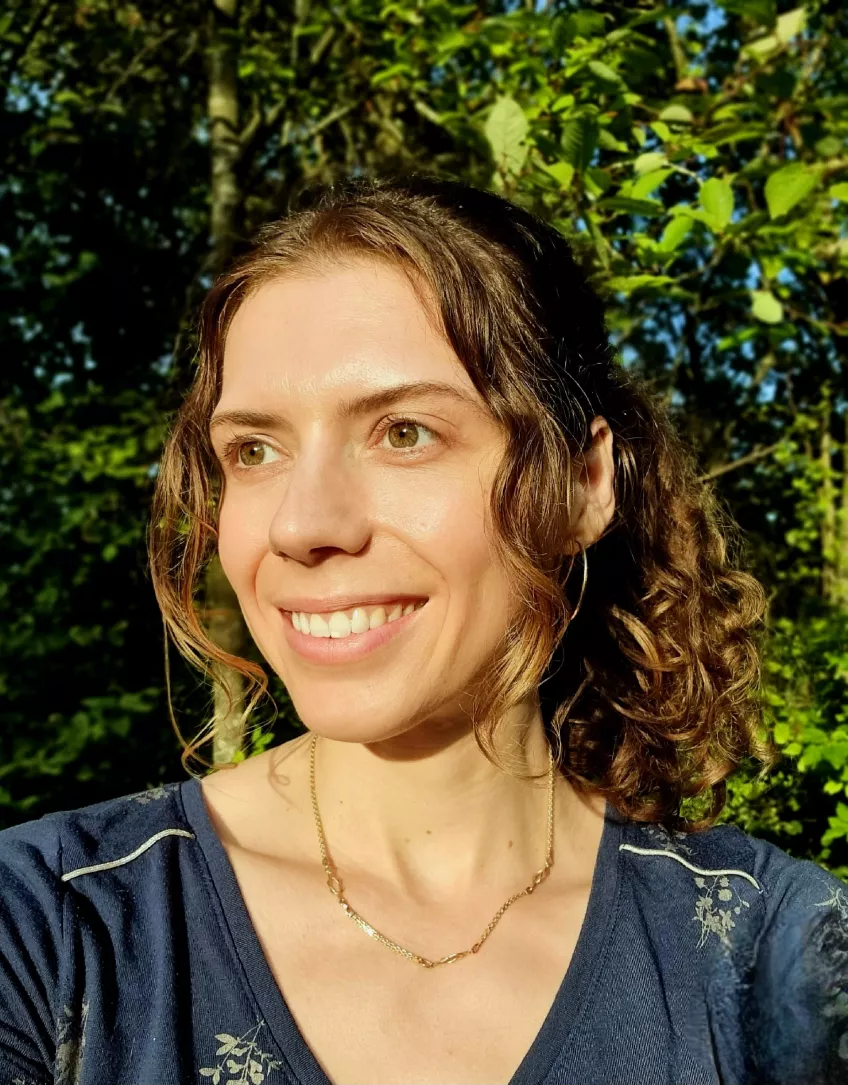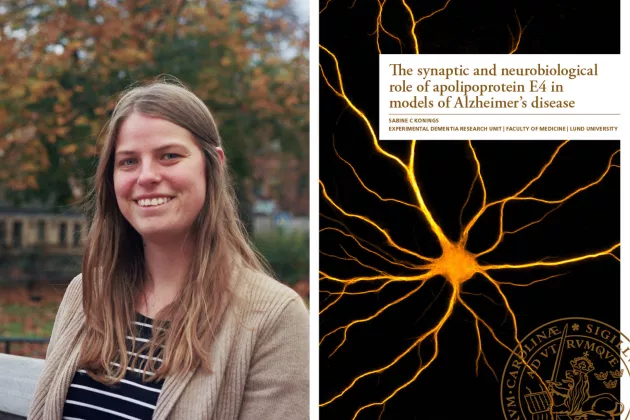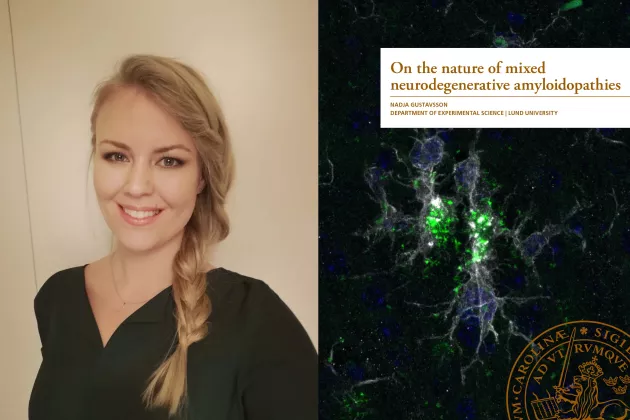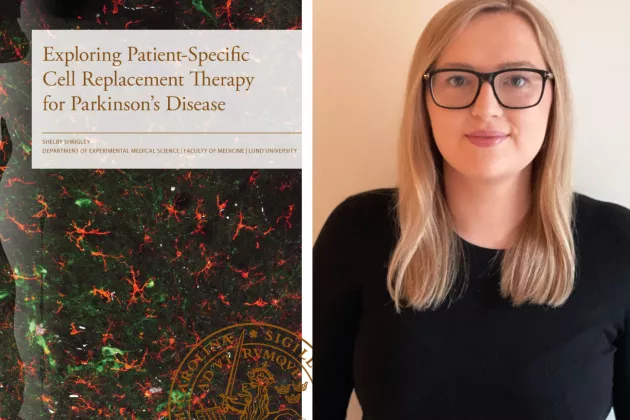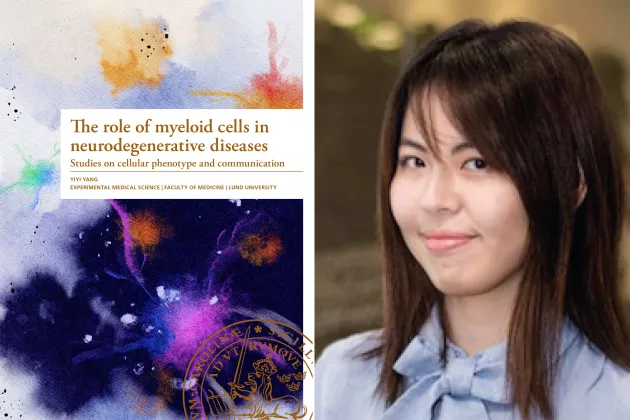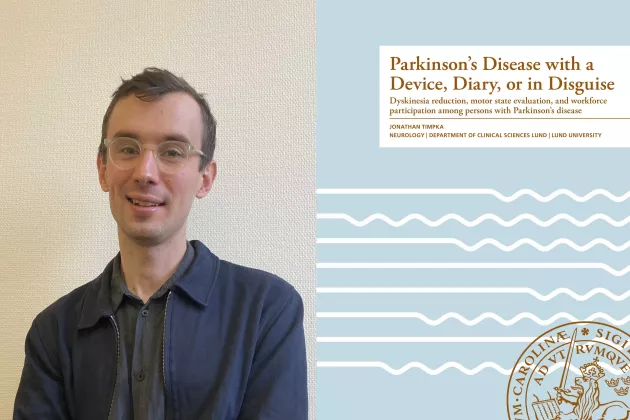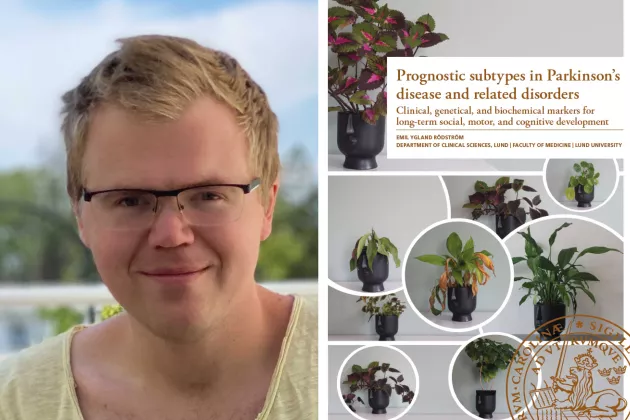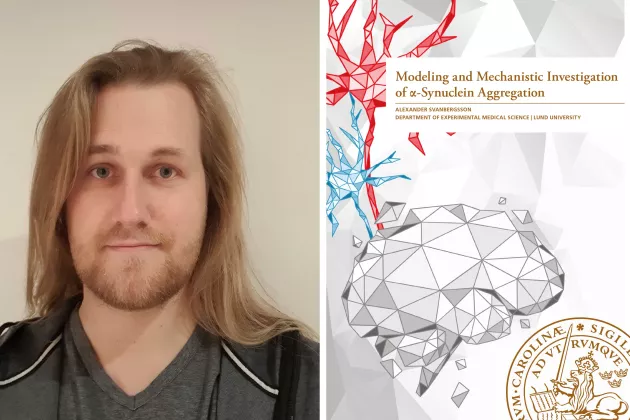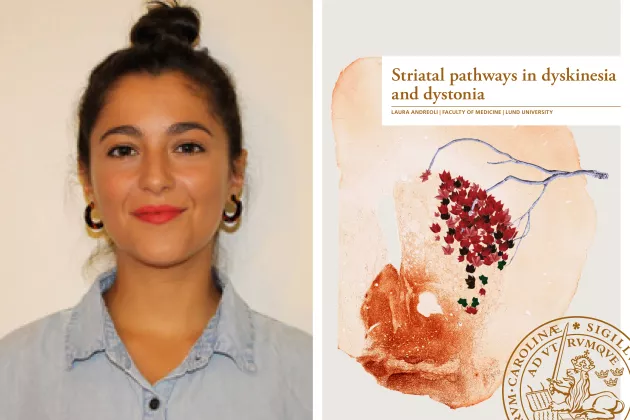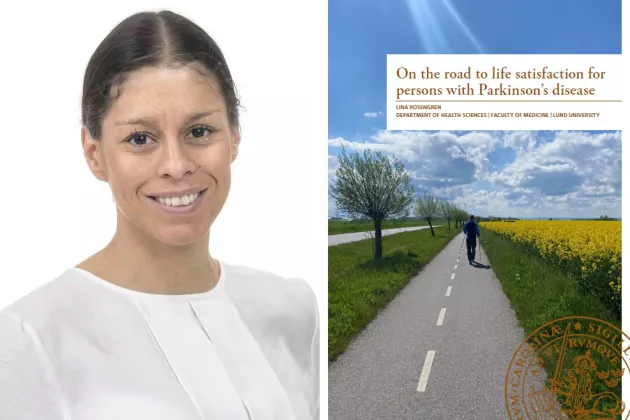Tell us about your research!
“Throughout my Ph.D. journey, my research was centered on development and application of methods which can query the expression of genes throughout tissues and maintain their relative positions, specifically applied in my case with in the context of Parkinson’s disease. These methods are referred to as spatial transcriptomics. Through these methods, my aims were to identify tissue constituents and understand their interactions. When I began my Ph.D., this field had just started to amass a wide audience, and I had the privilege of witnessing significant advancements including impressive improvements in resolution, the inclusion of tissue-clearing techniques, and other leaps that are common in the early stages of a new technology's development.
My research is divided between dry and wet lab work. My first paper is focused on an analysis of the composition of human embryonic stem cell (hESC)-derived dopaminergic grafts for the management of Parkinson's disease symptoms. In the end, this project turned out mostly computational. We got to look at the composition of these grafts through the lens of one of the early spatial transcriptomics methods, . We showed the unbiased transcription patterns within these structures and the added value these methods bring over single-cell sequencing or immunohistochemistry.
My second first-author paper took a more wet lab-oriented approach. In this study, we aimed to address the challenges associated with the cost and manual labour required for ordering panels of sufficient sizes in padlock probe-based spatial transcriptome methods. We developed a technique that enables the transformation of a small array into a vast pool of probes and primers, coupled with the creation of computational tools for output analysis. All in all, his paper aims to provide solutions that would make spatial transcriptome analysis more commonplace and cost-effective.
In addition to my primary research, I collaborated with another Ph.D. student from our lab to analyze single-cell sequencing datasets that featured cells with varying doses of the Parkinson's disease-associated gene alpha-synuclein. This dataset is quite unique and has the potential to shed light on the early stages of Parkinson's disease and the changes associated with it.”
What is the most important finding you have made during your thesis work?
“The most intriguing part for me was the deciphering of the identity of the grafts’ cells. As I was completely new to nearly all the topics needed for the analysis, from programming and large data analysis to Parkinson’s disease biology, I had to find my way through the available literature to find and justify the best way to interpret the dataset. In the end, we were able to present a cohesive composition analysis that ties in multiple available resources and tells us more about the underlying structure.”
How did you end up at MultiPark?
“It all started with me doing my master’s thesis research in my current research group. I was at LTH at the time and wanted to do something more connected to medical research.”
What have you enjoyed the most during your research education at MultiPark?
“The best part of my education was without doubt getting to learn so much about data analysis, which is an area I would like to pursue after my Ph.D., and meeting similarly oriented researchers.”
What have been the most challenging aspects of your Ph.D.?
“I think no one really expects their Ph.D. journey to be easy. I expected the research to be demanding, but in the end, it was the sum of the demands that came at me from all corners of my life that presented the biggest challenge.
First, on the research side, navigating and taking responsibility for one’s own semi-independent research requires a lot of self-discipline and organizational skills. Two things I had to build up from nearly nothing. Further, navigating the academic environment and its peculiarities presented a challenge for me on its own.
Second is the adult-student chimeric lifestyle that took a lot of energy from me. From learning Swedish and navigating the housing/insurance/banking system to figuring out all the technical and emotional aspects of adult life and planning what to eat this week, when to do the laundry and how to survive the never-ending five weeks of LTH “nollning”, when a crowd of 18-year-olds keep blasting music on your patio till 3 am.”
And the most rewarding?
“My most rewarding moment was probably a few months into learning Python. I noticed a colleague spending time on a task that I thought could be easily automated and was able to help them work more efficiently with my newly acquired skills.”
What do you like to do when you are not at work?
“I love all sorts of mentally and physically challenging and creative endeavors. My biggest love for many years has now been pole dancing as it combines elements of all three. Besides that, I try to spend as much time as possible outside with my dog, hang out with friends and go travelling whenever time and budget allows.”
What advice do you want to give to new Ph.D. students?
“It is hard to find advice for everyone. But as I can be a fairly chaotic person under stress, I would have told my younger self to find ways to be more methodical, learn to step back and find support to help me manage high-stress situations much earlier. Looking back, I never benefited from trying to take more than one step at a time, trying to multitask or cram more experiments.”
What happens after your defence?
“I will be working in my current lab, Molecular Neuromodulation, for three more months. I am currently searching for a more computationally focused Postdoc position.”


